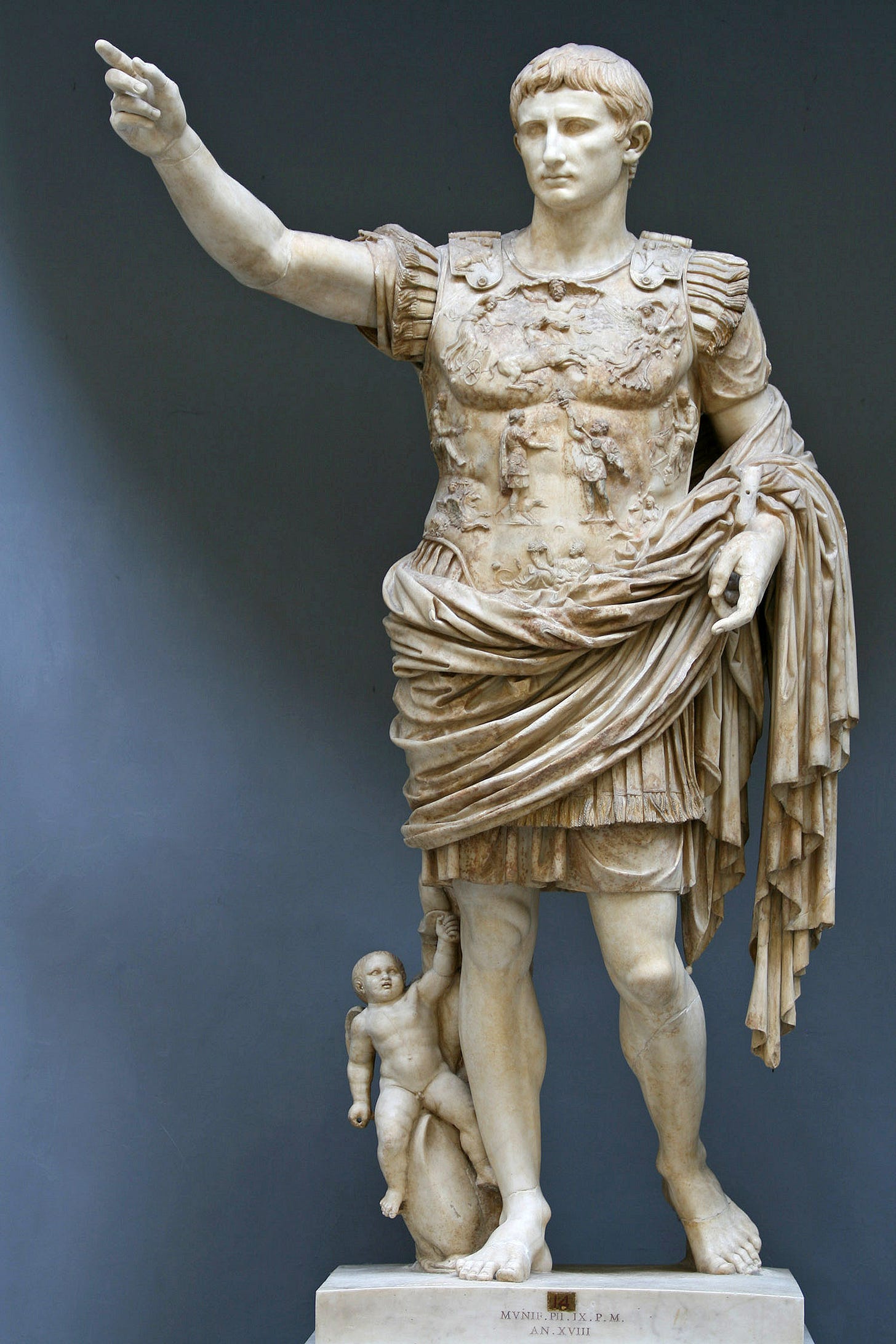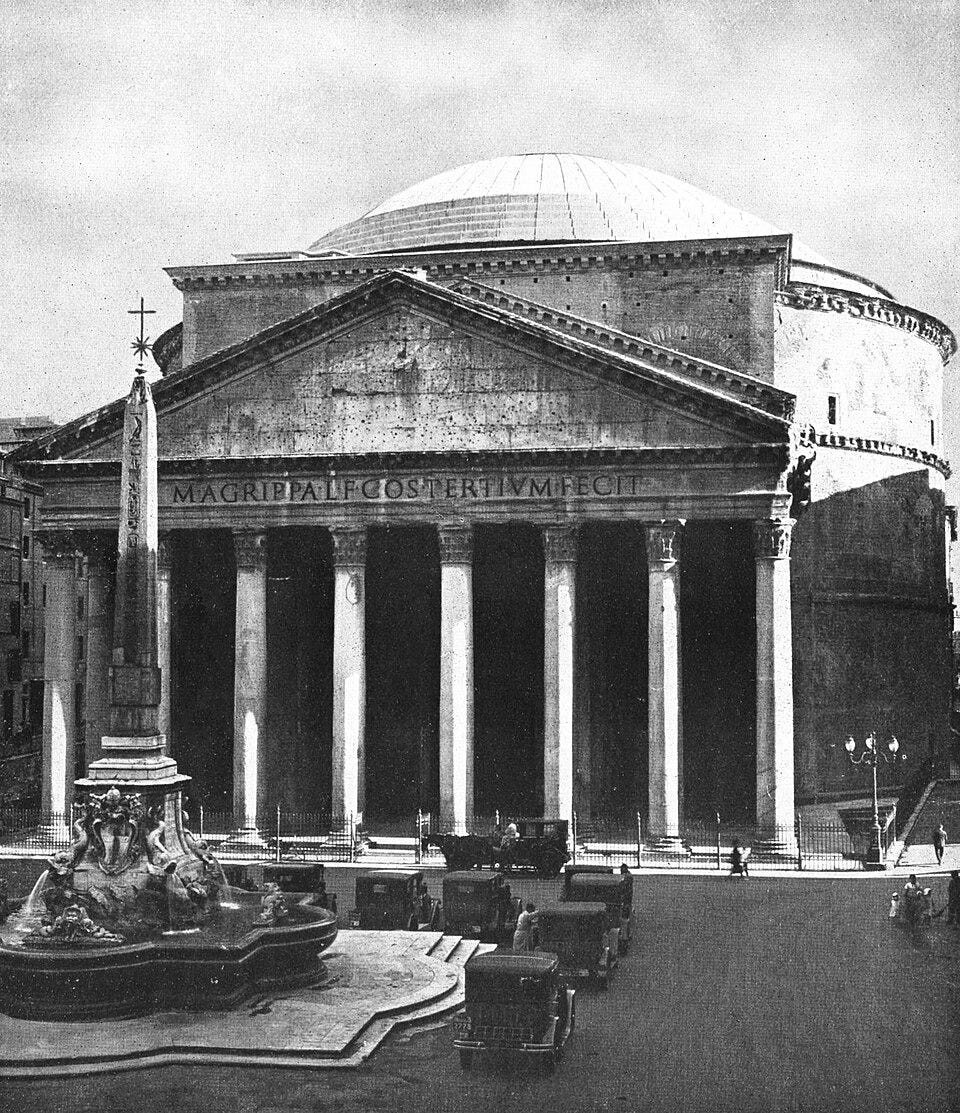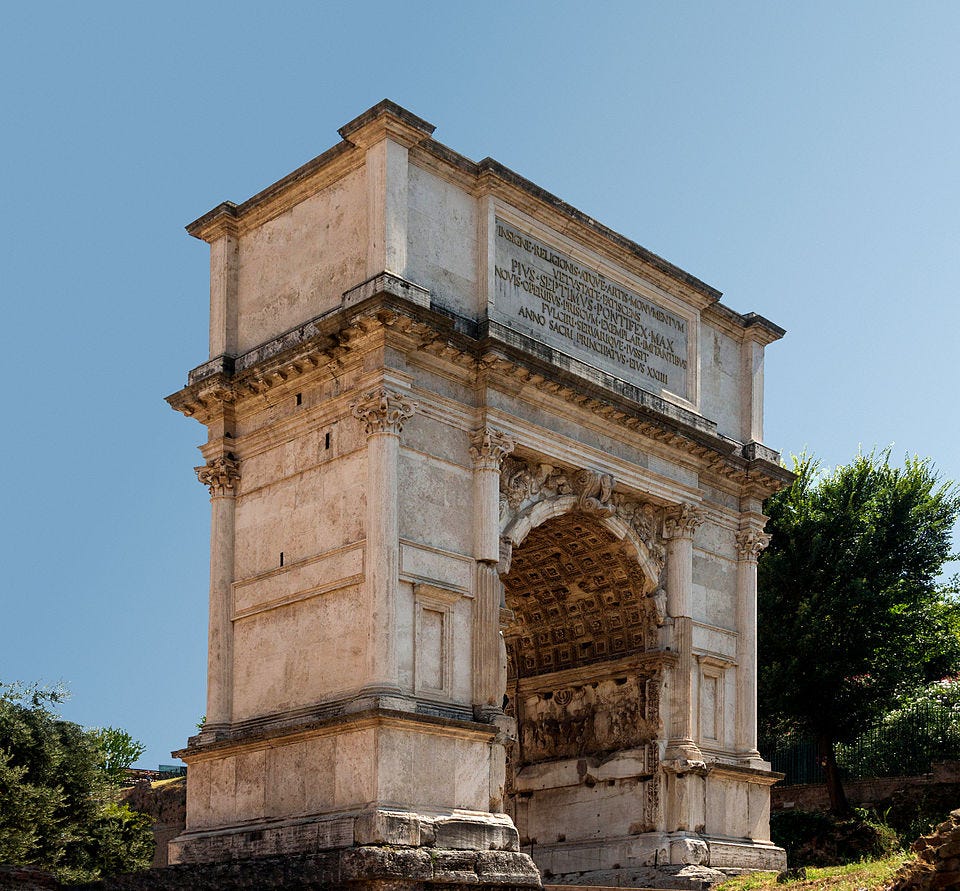The Construction of an Imperial Image in Ancient Rome
How the Roman Empire used sculpture, architecture and imagery to construct the illusion of divine and absolute power
In the Roman Republic, dating from 509 to 27 BCE, political power was distributed among elected officials who served limited terms and were accountable to the people. However, with the rise of the Roman Empire in 27 BCE, the system shifted toward a single ruler who held supreme authority for their entire life. Art played a key role in making this new reality appear natural and justified. Statues, reliefs, coins, and frescoes were not merely decorative, but carefully crafted images designed to present the emperor as a powerful and divine figure. Through these works, Roman rulers projected their image across the empire, from the streets of Rome to its most distant provinces, shaping how they were seen and remembered.
The Shift to an Imperial Vision
Early Roman sculpture, shaped by Republican values, emphasized realism and age as signs of wisdom and civic virtue. Busts of senators often showed wrinkled skin, furrowed brows, and a sense of gravitas. Augustus instead commissioned a new visual language to represent his power. His famous statue, Augustus of Prima Porta, portrays him as eternally youthful, athletic, and godlike. Draped in military garb and raising his arm in command, he appears both a warrior and a savior. The baby Cupid at his feet links him to the goddess Venus, reinforcing the myth of his divine ancestry. This shift conveyed the emperor as more than a man, making him an embodiment of Rome itself.
Roman statues were typically carved from marble or cast in bronze, using techniques that combined Greek artistry with Roman innovation. Marble allowed for fine detail and lifelike texture, especially in facial features and drapery, while bronze offered strength and dynamic realism in freestanding forms. Sculptors often used Greek models as templates but adapted them to serve Roman political and cultural aims. These materials and methods ensured that the emperor’s image would endure, both physically and symbolically.
Architecture and the Stage of Power
Monuments like the Pantheon, rebuilt by Emperor Hadrian around 126 CE, reveal how Roman architecture expressed imperial ideology. Though Hadrian reconstructed the building nearly 150 years after the original, he retained the inscription honoring Marcus Agrippa, a close ally of Augustus who began the first version around 25 BCE. This choice linked Hadrian to the empire’s founders and emphasized continuity with Rome’s golden age.
Structures like the Pantheon were more than places of worship. They were built to awe, to symbolize cosmic order, and to affirm the emperor’s power and divine favor.
Battles and Victories Carved in Stone
Triumphal arches, such as the Arch of Titus, immortalized military conquests. These structures stood at city entrances and parade routes, reinforcing the narrative of Rome’s invincibility.
The reliefs inside the Arch of Titus depict Roman soldiers parading the spoils of Jerusalem after the destruction of the Second Temple in 70 CE. The arch does more than commemorate a battle. It presents war as a divine spectacle, with gods and mortals alike affirming the legitimacy and supremacy of Roman rule.
Imperial Imagery in Private Life
Imperial imagery was common even in private homes. Wall paintings in Pompeii and Herculaneum often depicted mythological scenes that reflected imperial virtues like strength, wisdom, and piety. Coins bore the emperor’s profile and official slogans, making his image a part of everyday life. This also allowed the emperor’s presence to reach far beyond Rome. Farmers in Gaul and merchants in Egypt saw his face with every transaction. Through these visual media, Roman power was felt across the empire.
The Enduring Legacy of Roman Art
Over centuries, Rome’s art had a profound influence on Roman culture and development. From marble busts in civic spaces to triumphal arches in conquered cities, the emperor’s presence was constant and intentionally curated. Even after death, rulers were honored as gods, their images continuing to assert authority from temples and public squares.
Through mastery of art, Roman emperors were able to amplify and strengthen their influence. They understood that images could achieve what laws and armies often could not: unifying a diverse population around a shared vision of power, order, and destiny.




